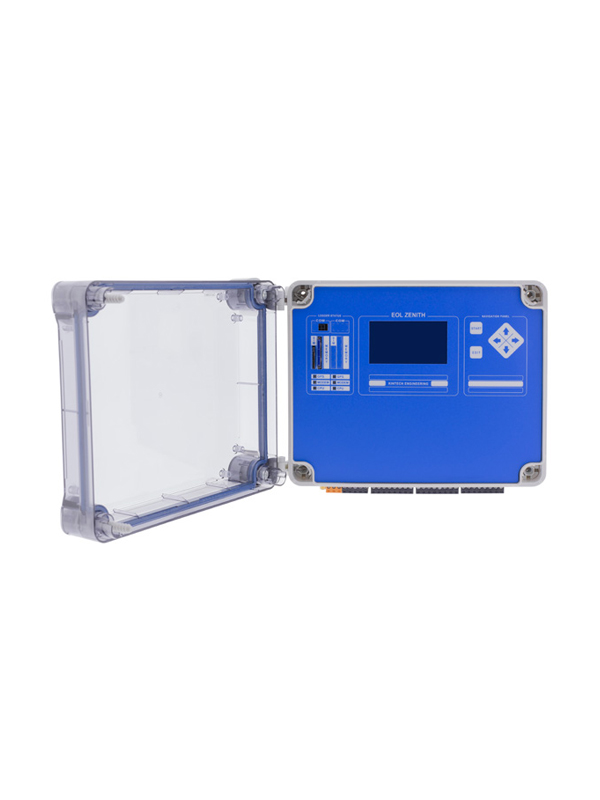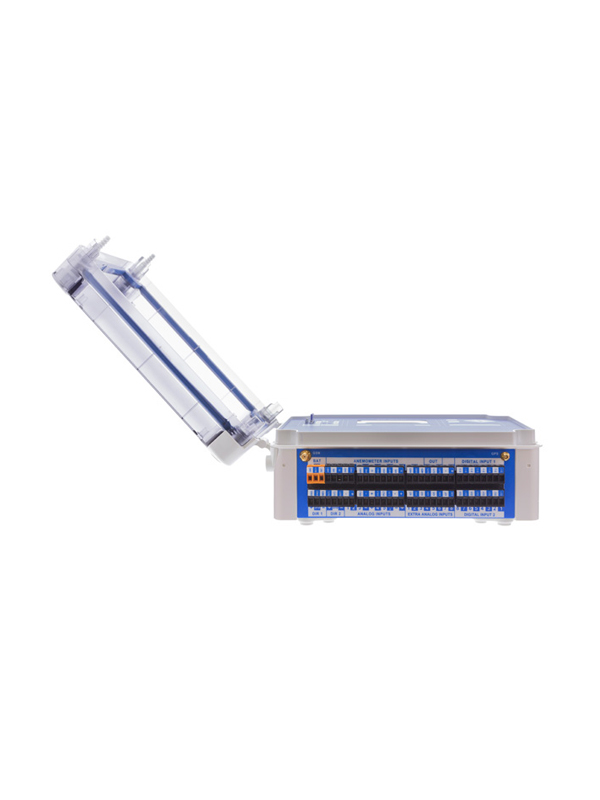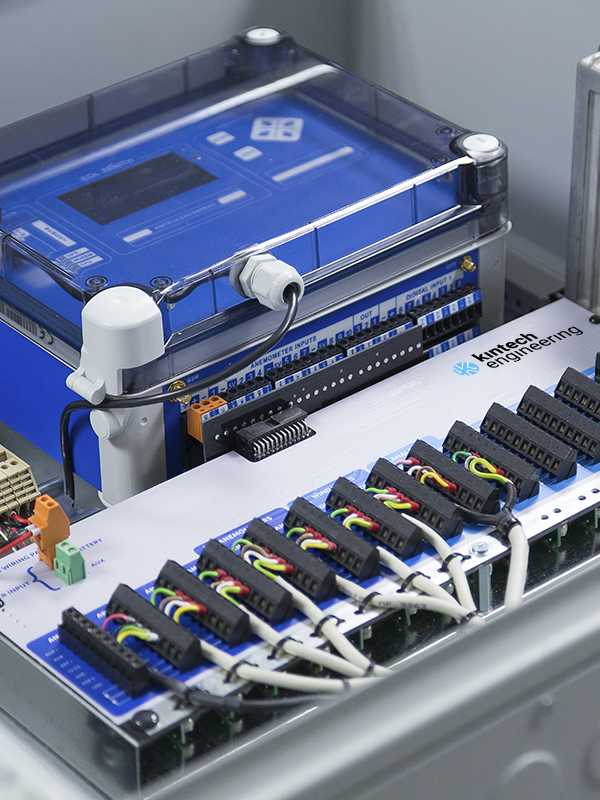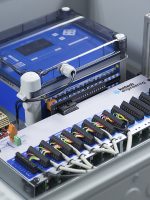O EOL Zenith foi projetado para funcionar em qualquer clima – desde o frio intense do norte da Noruega até o calor do deserto do Egito.
Este desempenho excepcionalmente versátil ocorre graças à sua eletrônica projetada cuidadosamente, componentes robustos e confiáveis, e baixo consumo de energia do data logger – uma característica que permanece única no EOL Zenith e de importância crucial ao operar em áreas remotas. As características específicas do projeto incluem:
- Taxa de amostragem de 1Hz (de acordo com IEC61400-12)
- Diagnóstico de erros de sensores avançado
- Dados em tempo real (comunicação bidirecional)
- Sincronização e precisão do tempo com GPS
- Download de arquivos automático
- Várias opções para receber e encaminhar dados
- Intervalo médio de 10 min. (selecionável pelo usuário)
- Criptografia de dados e proteção com senha de 2 níveis
- Não requer placas de interface
- Não requer programação
- Capacidade para SCADA/Modbus (opcional)
- Capacidade para sensores ultrassônicos (opcional)
- Ferramenta de gerenciamento de torres anemométricas (EOL Manager) para ajudar no acompanhamento dos dados de todas as suas torres
O data logger EOL Zenith oferece uma ampla variedade de possibilidades e é o componente central em campanhas de avaliação de recursos eólicos. Por padrão, o data logger vem configurado para comunicação GSM/GPRS. Devido a seu baixo consumo de energia, um painel solar de 10W é suficiente para operações normais (dependente de acordo com as horas em que há luz do sol, latitude, etc.)
Você quer estar atualizado em todas as suas campanhas de medição de vento “24/7”?
Com o data logger EOL Zenith, você pode fazer exatamente isso. Tudo o que precisa é uma conexão com a internet e você terá controle completo de suas torres – o EOL Manager até ajuda a manter controle de todas as torres através de um único painel!
Para saber mais, baixe o nosso guia de usuário rápido. Tem perguntas sobre a capacidaed, preço e disponibilidade do EOL Zenith? Clique aqui para entrar em contato conosco.






